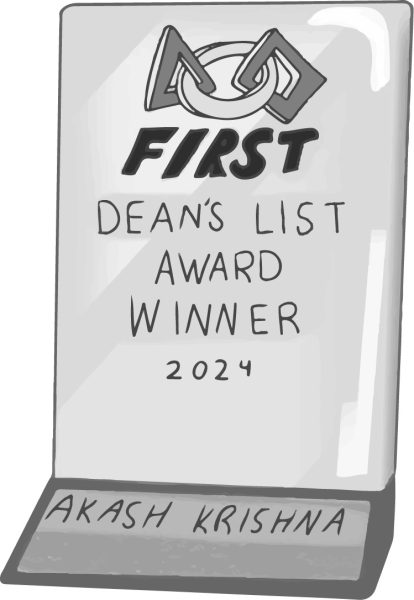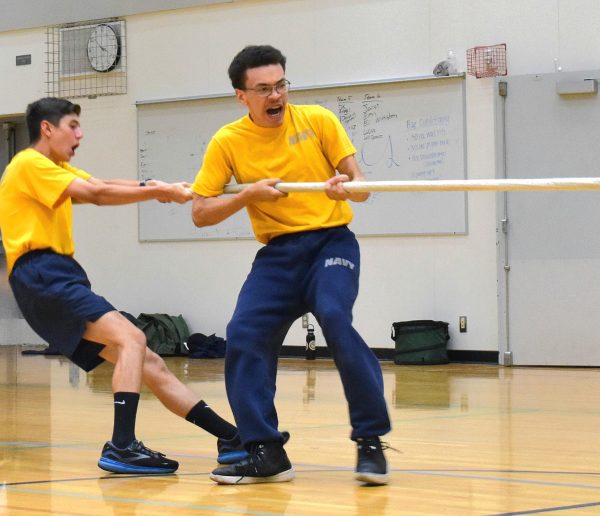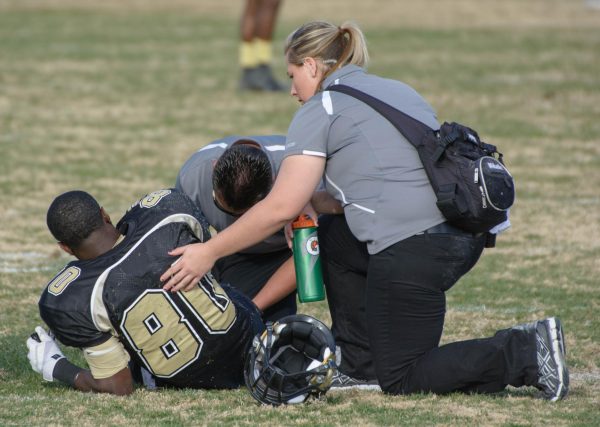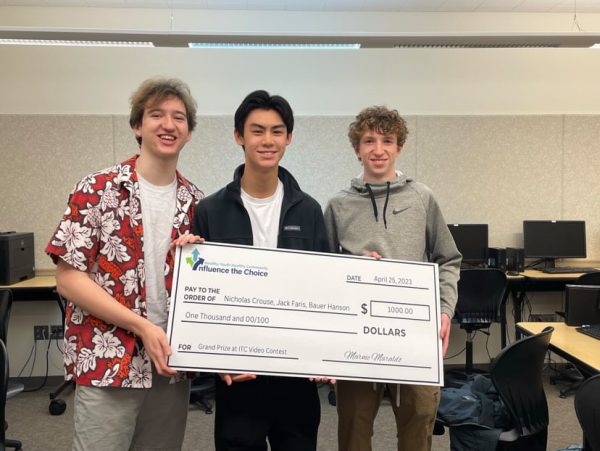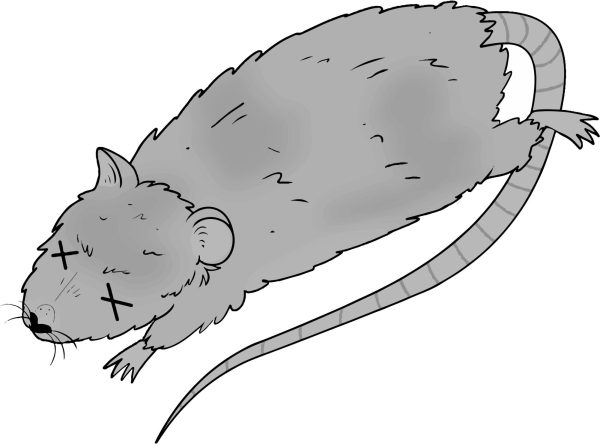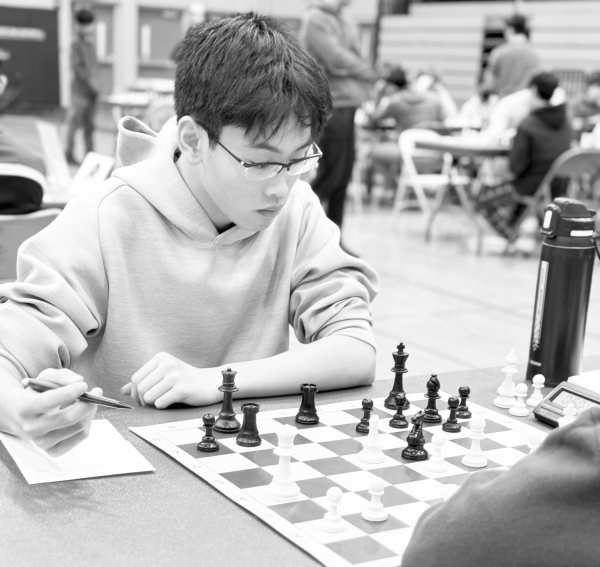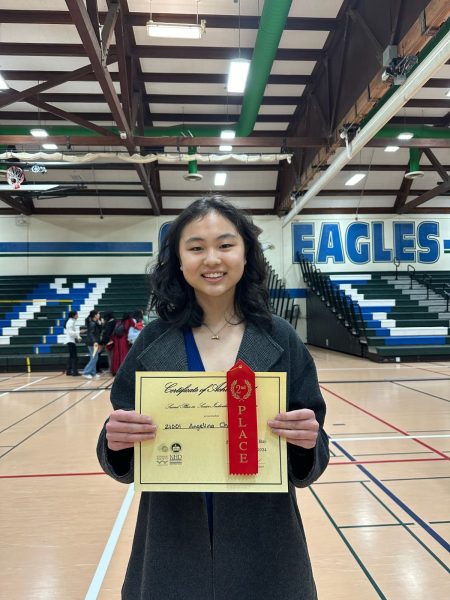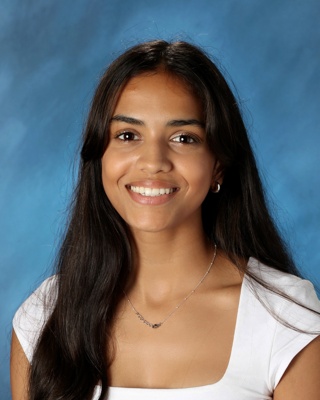South Asian Student Association brings culture to the forefront of Liberty
April 28, 2023
On the first two Mondays of every month, Bollywood music and the smell of cultural foods radiate from Amit Kher’s classroom as juniors Nimra Sajeel and Jasleen Kindra lead Liberty’s newest student group: the South Asian Student Association (SASA).
“My mom said you need to start some sort of Desi club so you can get all the Desis together and have a group of people to understand your roots and do fun activities,” Sajeel said.
Founded by Kindra and Sajeel, SASA works to further inclusivity and raise awareness of the many diverse South Asian cultures.
“We wanted to establish something that would meet the needs of our South Asian peers, as well as invite other students to better learn about the South Asian perspective,” Kindra said. “Plus, almost every single South Asian at Liberty has expressed SASA to be just what we needed and that makes me really happy!”
The club was highly anticipated and the idea of it had been floating around for a while. Once it came time for their first meeting on April 3, Kher’s room was full of student excitement.
“It went really well. A lot of people showed up. We talked about what’s going to happen in future meetings, and we got ideas and input,” Sajeel said. “We’re going to be talking about different cultures within South Asia, including their practices and the holidays they celebrate. We’re going to be celebrating Eid soon, getting involved with nonprofits and volunteer opportunities, having Bollywood dance parties, and introducing cultural foods.”
Sajeel notes the importance of SASA in its work to not only provide a safe space for South Asian culture to thrive at Liberty, but to change Liberty’s outlook on South Asians as a whole.
“There’s some casual racism that goes around about South Asians. No one really talks about it, so one of the goals of SASA is to address that.” Sajeel said. “Anyone would benefit from joining. Pretty much anyone who wants to learn about their own culture and the culture of their peers and is interested in having a fun time meeting new people and making new friends”
Kindra adds to this, noting that active participation in South Asian culture cultivates a community where all are welcoming and understanding of others.
“Students might see different cultural flags hung up on the walls and might know about our traditions and why we celebrate them, but nothing is more effective than being involved in diversity itself,” Kindra said. “Also, learning about culture can not only strengthen relationships between you and your peers, and it also improves your quality of interaction with classmates that share cultural differences.”
The rise of cultural clubs at Liberty is a step towards positive change that will only continue as groups like SASA grow, breaking boundaries and removing barriers that prevent us from having a truly inclusive school environment. Kindra explains the power of diffusing diversity and how it ties into the mission of SASA:
“Having the ability to understand diverse situations and circumstances makes you better at making others feel heard, and we want to promote more positivity like that.”



